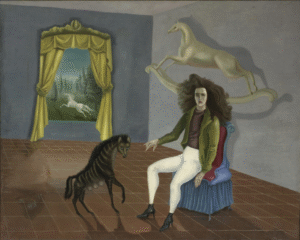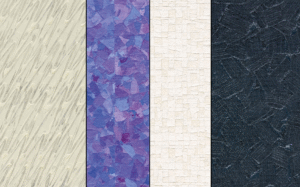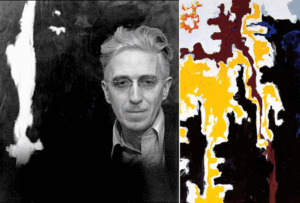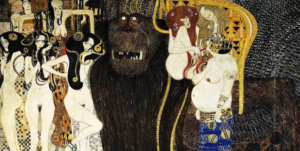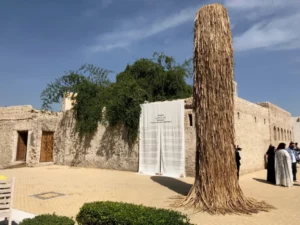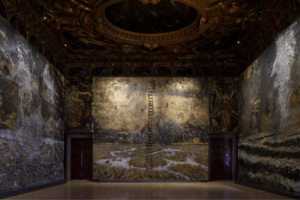Writing your artist statement and expressing your work in words can be challenging, especially for those who want their artwork to speak for itself in its visual form. Some may argue that the visual arts aren’t meant to be muddled with verbal cues or descriptive words. Also, there’s the fear that the lack in writing background and skills may keep you from articulating your methods, unique perspectives, and technique eloquently to the art world.
However, communicating your artwork in verbal form by writing an artist statement is often a necessary evil, particularly if you intend to submit your work to an art gallery or museum or apply for a grant to receive funding. Your artist statement will also play a persuasive role in how galleries convince buyers to purchase your work. Those who buy art online will probably look for an artist statement to recognize your potential and determine if your artwork is a worthy investment.
And while you feel that your art can stand on its own without an artist statement, it’s always better to be prepared with one. Whether it’s for a press mention or an online portfolio submission for a professional opportunity, you’ll want to explain your art using concise and compelling language. Here are the do and don’ts of writing a compelling artist statement for the visual arts.

Interview Yourself
Answering questions about yourself can make you uncomfortable and revealing your artistic process can leave you feeling exposed. However, no one knows your artwork as intimately as you do. After all, your artist statement is your personal relationship with your art.
Remember that the artist statement is not the art itself, but the words that complement the work. Because most audiences are visual learners, they will likely look at the artwork first before seeking clarity. Whether the audience is viewing the artwork in person at an art fair, an art gallery, or on an online portfolio, assume that they have already tried to make sense of the piece on their own. And that it is typically afterward that they will look for more description and context.
At some point in your career, you may find yourself having to explain your work aloud. If you’re not comfortable describing your process, audiences may become unconvinced about how involved you were in the creation of your art. Ask yourself the same questions people will likely ask when they see your art. What is it? How was it made? And why?
Do Your Research
Art resources like art news, press releases, art books, and even social media platforms are excellent places to find artist statements. Art history is filled with great examples of artistic statements from the greats that you can gain inspiration from. Visit an art gallery. Check out art online and portfolio websites to read sample artist statements.
Explain the What, How, and Why
What do you want people to learn when they read your statement? Whether it’s a painting, a sculpture, prints and drawings, or a photograph, your artist statement should tell a story. The “what” describes the piece and can be as simple as stating that it’s a portrait, a photograph, or a sculpture. Explain the focus. If someone saw the work, how would they describe it?
The “how” describes your mediums, materials, and methods. Write about art processes and talk about your color choices or tools. Do you use clay, oil paint, or metals? Do you work exclusively with unconventional or discarded materials? Or are you a mixed media artist that combines painting with photographs and props? What message is your sculpture piece trying to convey?
The “why” goes deep into your intentions. Discuss the influences of the visual arts that resulted in the artwork. It can be as simple as being in the right place at the right time when describing a landscape photograph. Or it can be as captivating and complex as being bombarded by colors and imagery in your dreams that demanded to be immortalized on a surrealist canvas.

Create Multiple Versions
Artist statements vary in length – from several sentences to a few pages long because different opportunities will call for different versions of your artist statement. While you can always craft one narrative and shorten or lengthen it depending on the need, it’s always best to be prepared with different versions. You may even want to revisit your artist statement from time to time to tweak it if there have been changes in who you are as an artist or your processes.
The length should be compatible with what it is being used for. For example, if you’re applying for a graduate program, the review committee may want a comprehensive understanding of your process. Therefore, an effective artist’s statement should offer deep insight and maybe a few paragraphs long. However, if the artist’s statement is for a press release or to be displayed next to your work in an art gallery, you’ll want to keep the average audience’s attention span in mind. It is unlikely that a museum audience will take the time to read an artist’s statement that is several pages long.
Use Simple, Accessible Language
When writing your artist statement, your instinct may be to impress your readers by showing off your vast vocabulary and deep knowledge of art terminologies and techniques. However, verbiage that is too technical or involves the overuse of jargon can be alienating to everyday people, particularly for the audience that doesn’t have an art or art history background. Using academic prose or whimsical words doesn’t legitimize your work. On the contrary, too many embellishments may be perceived as insecurity and the overcompensation of what may be lacking in talent.
Remember, your artist statement is meant to draw people in first and foremost. Therefore, it’s always best to use relatable, simple language over fanciful words. Write in the first person and use an active voice. Be engaging and invite the reader to get to know you and your work better. Use your own words and brand voice. Use verbs and adjectives that you would naturally use in a conversation. Avoid comparative language, biases, subjective descriptions, and generalizations.
Ask the Opinion of Someone You Trust
Read your statement to your family, friends, teachers, mentors, and others that you can trust will be honest with you. Ask them if they notice any inconsistencies, confusion, or lack of confidence. Have you talked about yourself too much and ended up writing an artist bio as opposed to an artist statement? How effective is it at describing your visual work correctly? Did you use an active voice consistently? Does your statement explain your art accurately and do a good job at answering questions everyday people may have about your artwork? Did you find a good balance between using fanciful words and simple language?
Remember, while you can ask a professional writer to help craft your artist statement, the most they should do for you is check for spelling and grammar. Allow them to help you with sentence structure and ensuring your words are concise and clear. Using your voice and personal branding is key to your art career. To help you get started, have them write an art review of your work. It may help you view your work differently and get you on the right path to writing a compelling artist statement.
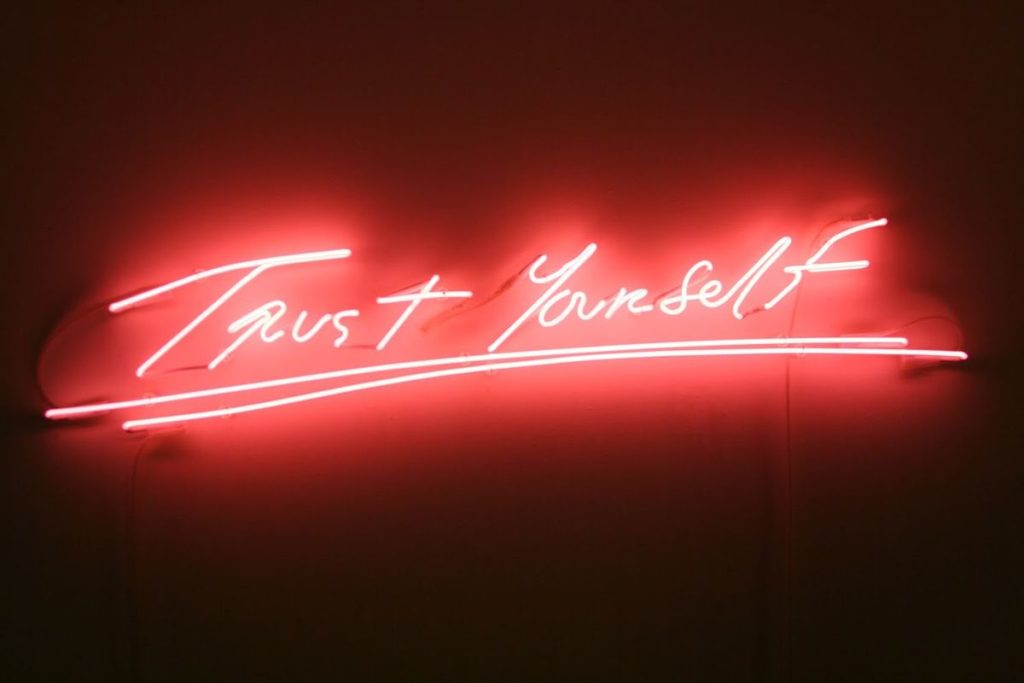
Conclusion
Writing a concise and compelling artist statement requires knowing yourself, your art, and your audience. Your artist statement has a simple mission and that’s to provide insight into your unique processes and intentions. Don’t dictate to the art world how they are meant to feel about your work and avoid comparative language.
Seek inspiration from examples of artistic statements, portfolio websites, social media, and art history. Finally, proofread and ask someone you trust to read your statement to ensure you followed the dos and donts of writing an effective artists statement for the visual arts. Make several sample artist statements to choose from. No matter how confident you are in your writing skills, you can always benefit from someone else reviewing your statement to identify strengths, weaknesses, and areas that need tweaking.


